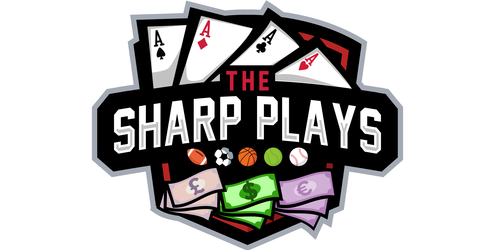One of the most misunderstood aspects of betting analytics is how people identify which side the public is on.
Most turn to:
- 📊 Ticket percentages
- 💵 Money percentages
These are often provided by line services—or even directly by sportsbooks. But there’s a huge problem…
Those percentages don’t tell you who is betting.
And without that, you’re only seeing part of the picture.
🚨 The Big Mistake: Misreading the Market
Let’s say a team has:
- 60% of the tickets
- 65% of the money
Most bettors immediately assume:
“The public is hammering this side.”
But what if 90% of that money is from sharp bettors placing multiple bets? Or what if a wave of sharps has pushed the ticket count higher through repeat wagers?
Suddenly, the team you thought was the public side…
👀 is actually the sharp side.
This is why relying on ticket/money percentages alone is dangerous.
🔍 How Sportsbooks Actually Track Public Action
Behind the curtain, most sportsbooks use a player rating system to classify each bettor:
- 📈 Sharp bettors: Consistently profitable with ROI exceeding normal variance
- 🎯 Recreational bettors: Everyone else
This allows them to separate each game’s action into two camps:
- Sharp money 💼
- Public money 🧢
And from that split, they calculate something far more valuable:
The Sharp/Public Concentration Metric
📐 Let’s Break It Down: An Example
Imagine we want to assess public concentration in college basketball today. Here’s a simplified mockup:
Total Market Action:
- 💵 $200 in total dollars bet across all CBB sides
Game: Oregon vs. Wisconsin
- 🧮 Wisconsin: 60% of the money = $120
- 🧮 Oregon: 40% of the money = $80
Looks like the public is on Wisconsin, right?
WRONG.
But here’s the breakdown:
Wisconsin’s $120
- 💼 $108 from sharps
- 🧢 $12 from the public
Oregon’s $80
- 🧢 $70 from the public
- 💼 $10 from sharps
So even though Oregon has less total money, it’s loaded with public money—while Wisconsin is flooded with sharp action.
🧠 Calculating Public Concentration
Here’s how the public concentration metric works:
- Total Public Money in the Market = $200
- Public Money on Oregon = $70
- Public Concentration on Oregon =
👉 $70 / $200 = 35%
If no other team has more than 35% of public money, then:
Oregon is the #1 public side of the day, even though they only had 40% of the money in their game!
You’d never know this from line service data.
📊 Why This Metric Matters
With sharp/public concentration, you can:
- Accurately see where true public or sharp interest lies
- Avoid getting faked out by misleading surface-level data
- See why the books don’t mind sharing basic ticket/money stats—they don’t give up anything meaningful
You need access to internal sportsbook data and a reliable rating system to use this calculation.
Once you have it?
💡 It’s a total game-changer.
🤯 Final Thoughts
Yes, it’s math-heavy. And yeah, it might make your head hurt the first time you walk through it. But reread it a couple of times and you’ll start to visualize how it all fits together.
The sharp/public concentration metric is your real lens into market sentiment—not surface-level percentages.
Thanks for following!
~ The Sharp Plays
